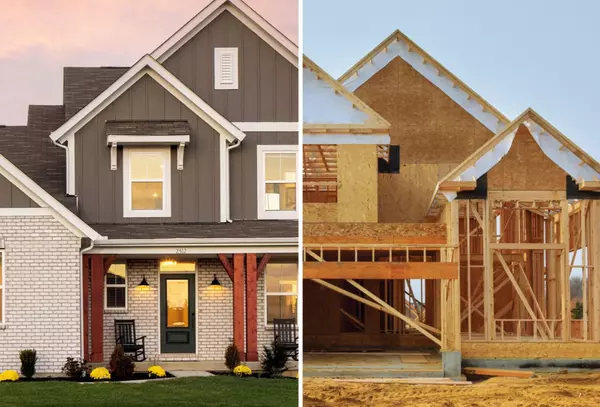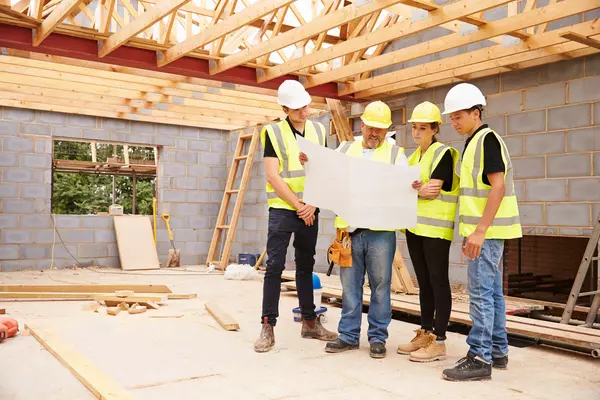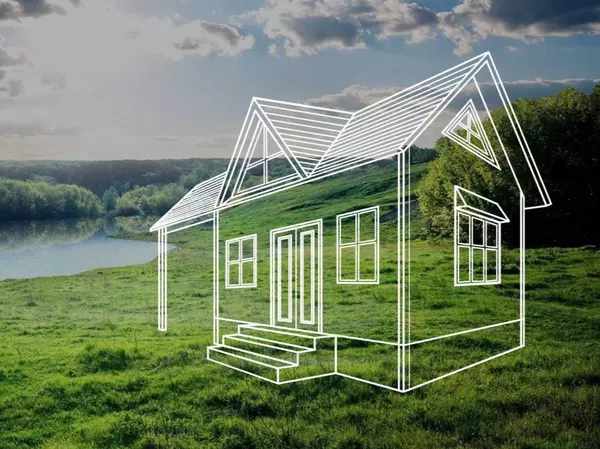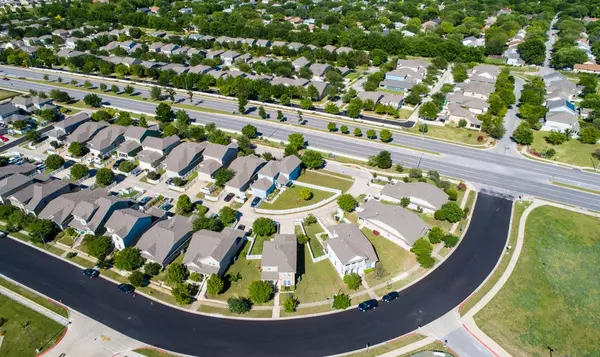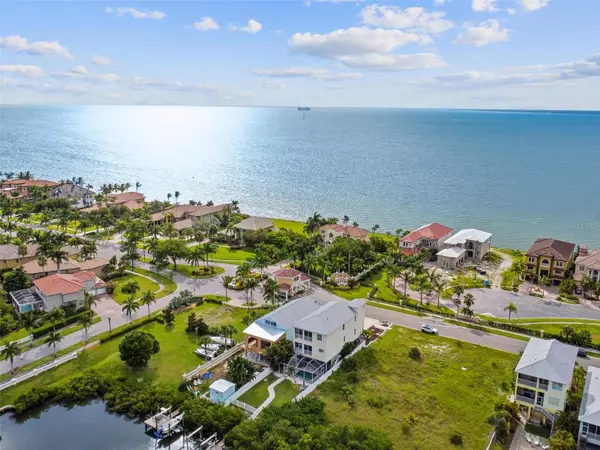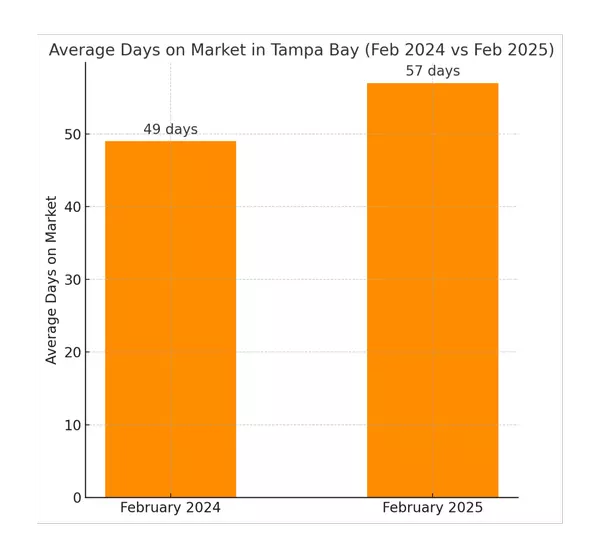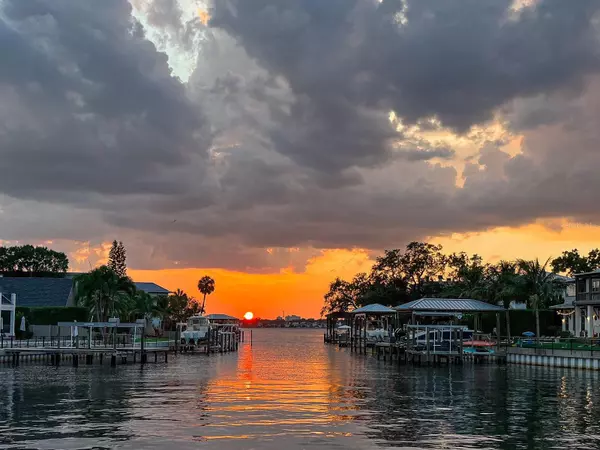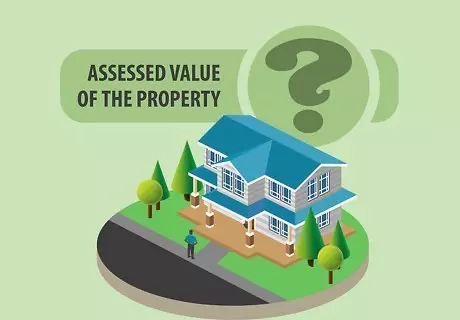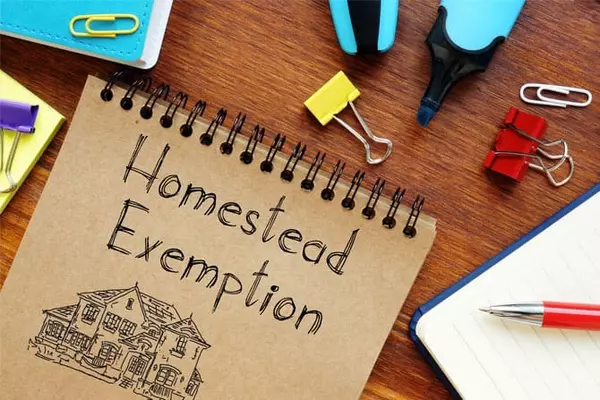Building a Home in Tampa Bay? Key Steps if You’re Buying Land or Tearing Down to Start Fresh
In today’s market, especially around Tampa Bay, many buyers are looking for more control over what they call home. That’s why buying land or tearing down an older home to build new is becoming more common. Whether you’re dreaming of a custom build or just can’t find what you’re looking for in resale homes, starting from scratch can be a great option.
But before you move forward, it’s important to know what’s involved. From zoning and utilities to financing and permitting, there’s a lot more to it than just picking a lot and drawing up blueprints.
Let’s break down some key things to consider.
The Land Has to Be Buildable
Not every lot is ready for a home. You’ll want to double-check local zoning laws, make sure there’s legal access from a street or road, and understand any restrictions on how far back or how close to the property lines you can build.
Some neighborhoods also limit how tall your home can be or what type of structure is allowed. These factors can seriously affect your plans—so it’s best to confirm early.
Don’t Skip the Utility Check
Utilities can be a dealbreaker. Water, sewer or septic, electricity, and even internet—are they already available? If not, getting them connected can take time and cost a lot more than people expect.
A quick call to the city or utility providers will give you a clearer picture before you move forward.
Be Ready for Extra Development Costs
Buying land is just the beginning. To make it build-ready, you may need to remove trees or brush, level out the land, bring in utilities, and potentially install a well or septic system.
Each lot is different, and the condition of the land will affect how much work (and money) it takes to prep for construction.
What If You’re Tearing Down an Old Home?
In some areas—especially ones affected by flooding or filled with older homes—buyers are choosing to purchase existing properties and demolish the structures to start fresh.
This gives you a prime location and the chance to build a modern, code-compliant home. But don’t forget: demo and cleanup come with their own costs. Between permitting, hiring a crew, and clearing the debris, you’ll want to budget for that upfront.
A few things to look into:
-
City or county rules for demolition permits
-
FEMA elevation and flood zone regulations
-
Local builders who understand rebuild requirements in your area
Financing Is a Little Different
Getting a loan for land is not like getting a traditional mortgage. Here are the common types:
-
Raw land loans: No development at all—these are the toughest to finance
-
Unimproved land loans: The land may have some access or basic improvements
-
Improved land loans: Roads and utilities are in place—easier to finance
These usually require larger down payments and come with higher interest rates. If you already have plans and a contractor lined up, a construction loan might be a better fit because it can roll land and building costs into one loan.
Local Experts Make All the Difference
This isn’t something you want to take on alone. Before you buy, talk with a real estate agent who understands land and teardown deals, a builder who knows the local codes, and maybe even a land-use attorney if there are any zoning or permitting concerns.
Their input can help you avoid common mistakes and get you moving in the right direction.
Final Thoughts
Whether you’re working with a vacant lot or replacing an older home, building something new gives you full control over your home’s layout, efficiency, and long-term value. Just make sure you’re starting with a clear plan—and the right people on your team.
Talking with a trusted local builder early on can save you time, stress, and money down the road. They’ll help you understand what’s possible and what to expect before you even break ground.
Thanks for being here, and until next time.
Categories
Recent Posts
